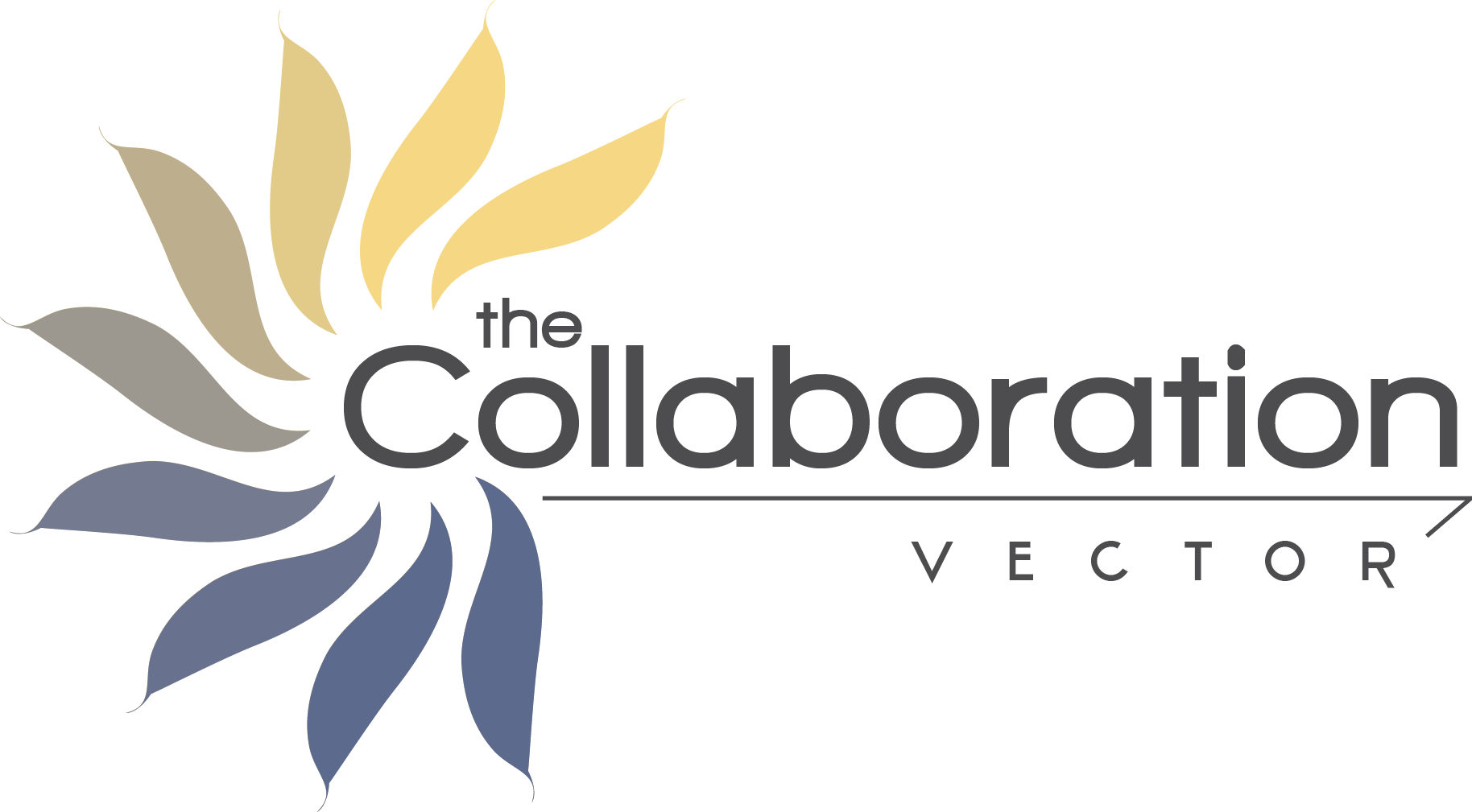The Positive RESULTS of Transformative Community Involvement™: 1.5 Years Into Implementation
How SeaLand and The Collaboration Vector are Measuring and Connecting Business and Social Impact
Published 10-30-17
Submitted by The Collaboration Vector Inc.

Late in 2015, SeaLand set out to implement a community program that would be meaningful and impactful for the communities within which it operates. With the support of The Collaboration Vector Inc., the company adopted a Transformative Community Involvement™ (TCI) approach. TCI involves working with stakeholders, including employees and non-profits, to generate innovative solutions to societal challenges that also benefit business (1). Employees are supported to lead efforts with non-profit partners and engage in transformative, goal-directed volunteering. One of the key factors in the design of a sustainable transformative community program is the assessment of the business and societal impact. This allows evidence-based decision-making to guide program evolution.
“Fast forward 1.5 years, we learned a great deal about the business and social impact that results from this approach”
People were developing inside and outside the office. When SeaLand’s customer service team in Nicaragua designed and delivered a sales training program for a group of disenfranchised youth, both employee and youth leadership skills were developed. The business impact included effective teamwork, a skill transferable to SeaLanders’ professional lives, while the social impact included factors such as inspiring a child to persevere in school and an employee to become more engaged with his or her community.
SeaLand quickly discovered that employees develop through purpose-filled activities effectively and happily and that these activities serve as interesting alternatives to traditional training and team building approaches. Employees involved with the program had higher engagement scores. There was a strong positive correlation between top talent and the willingness and enthusiasm to engage with community. Employees with a higher sense of purpose had higher energy and a sharpened ability to problem-solve. "‹
"Those attracted to working with the community over the long-term and to leading others in doing the same demonstrated more effective skillsets and traits in the work environment"
SeaLand’s business and social impact results keep improving as the program matures, as more and more employees become actively involved, build confidence and develop deeper understanding. 1.5 years into the program, Quarter 3 2017 business impact measures are inspiring, with 100% of actively involved volunteer respondents agreeing that the program contributes to a positive company culture, 92% that it developed their problem-solving abilities, 96% their creative abilities, and 100% their team-building skills.
As this happens, there are “spillover” effects to the social impact side of the equation. For example, 100% of employees reported being inspired to volunteer and 96% to also encourage others to do so. In Panama, the majority of employees participating in the newly implemented office recycling program (partnership with non-profit) reported that it not only prompted them to begin recycling (95%) but also to recycle outside the office (76%) and to encourage community recycling (66%).
“Integral to this approach is impact measurement and evidence-based decision-making. Taking a step-by-step approach towards this helped us become more efficient at understanding our impact”
Investor tendencies to recognize, share and reward large scale initiatives create a perception that successful transformative partnerships happen on a large scale from the outset. This belief can be a non-starter for both business and non-profit organizations for whom impact measurement at this scale is often cost-prohibitive, especially when ROI has yet to be determined. When it comes to community investment, a step-by-step approach to impact measurement is palatable, mimics grassroots transformation, and when well-designed, each step in the journey enables the next one by demonstrating collective value.
For example, in Panama, a scalable solution emerged as a result of measuring the business, social, and environmental impact of SeaLand’s community partnership project on a pilot basis (3). SeaLand and non-profit partner Fundación Costa Recicla demonstrated early positive impact across-the-board of a newly implemented office recycling program (3). That enabled Costa Recicla to attract more funding from an additional corporate partner in order to implement the program in a neighbouring office building. So began the partners’ transformative journey in Panama – in a small yet strategic way.
In other cases such as Mexico and Dominican Republic, SeaLand’s partnering organizations have provisions in place for routinely measuring and reporting on social impact in a pre-packaged offer to corporate partners that allows partners to link impact to their investment. SeaLand’s partner in Mexico routinely establishes baseline parameters and measures these pre- and post- implementation of its quality education improvement programs. The non-profit invites all participating schools to an annual benchmarking event where results are shared and best practices are reinforced.
The approach progresses methodically and moves stakeholders away from entertaining siloed debates about who will pay for impact studies towards situations in which a logical investor may emerge as a result of a compelling value proposition.
“We understood that there wasn’t a one-size fits all solution to measuring impact if we were to allow our employee-led innovations to unravel unhindered”
In certain cases, impact was measured, while in others, the stage was set for social progress and eventual impact measurement. To explore the whole picture, TCV used an arsenal of qualitative and quantitative research methodologies that were both rigorous and pragmatic. The company focused on impact as it relates to the bigger picture and on research that uncovers value early on for multiple stakeholders and for communities.
TCV’s tracking and reporting mechanism integrates the activities of SeaLand’s program and includes provisions to capture the innovation that is being generated as a result of meaningful multi-sector collaboration. In addition to capturing pure metrics that are necessary for decision-making, such as employee volunteer hours on the business side for example, and estimated number of community members reached, a fuller picture is painted, referred to by TCV as the Impact Set.
As it builds, the data is allowing SeaLand to engage with stakeholders in a conversation that is of growing interest. Evidence is mounting that an increasingly astute audience of consumers, business partners and investors is more likely to read and proliferate a message through social media such as “91% of the 71 participants in our office recycling program said that the training they received raised their awareness of the need to take climate action” compared to a message that says, “71 people participated in our office recycling program”.
On the business impact side, it is more relevant for a company to understand the impact of a specific skill that was learned in the community, such as leadership, and the extent to which that skill is transferable to the workplace than it is to receive a blanket employee satisfaction score. SeaLand’s community leaders are identifying multiple skills sets learned in the community that they transferred to the workplace.
“Very importantly, we learned that there is as much to be gained for business and society in the process of measuring the impact of community investment as in the ultimate outcome measure.”
The process of laying a foundation for impact measurement at the outset of a transformative community program and in embedding this foundation into the core of the company and the mindset of its employees is invaluable. The practice develops critical thinking, deeper reflection, and perseverance in problem-solving.
Instilling approaches and processes that set the stage for impact measurement ultimately allows corporations to deliver known value to communities through a better understanding of the (often intertwined) business and social impact of their involvement. It allows for evidence-based decision-making in relation to investment or divestment in specific non-profit projects, and steers partners away from transactional interventions towards ones that promote engagement in broader, transformative initiatives.
It allows for differentiated, outcomes-based communications that stand a better chance of being proliferated, enabling further progress. Finally, it spurs innovation by lending credibility to an entire realm of products and services delivered directly to the grassroots and increases the likelihood that non-profits can then compete for investment alongside more traditional suppliers in key social sectors.
Contact sabrina@thecollaborationvector.com for the complete results in an interactive presentation format.
SeaLand, a differentiated ocean carrier in the Americas, was finalist and received a “highly commended” distinction in Ethical Corporation’s 2017 global award competition for responsible business, category “Employee Engagement of the Year”. The company was conceived to join businesses on their journey to new markets and new success. SeaLand’s tagline says it all, Vamos Juntos! "We go with you." And with that, each and every SeaLander has a can-do spirit born of the belief that SeaLand is in it with its invested stakeholders and community partners. SeaLand is committed to extending this philosophy beyond the doors of the organization and into the communities within which it operates. The company is integrating community involvement into its core business and seeking to multiply impact through partnerships, collaborations, and stakeholder engagement. https://www.sealand.com/
The Collaboration Vector Inc. (TCV) is a next generation strategy and service firm and originator of the Transformative Community Involvement™ approach. The company offers transformative employee involvement programs, proactive stakeholder engagement, transformative partnership designs, partnership facilitation, and impact measurement, reporting and communications. TCV has a team of strategists, business professionals, and researchers in health and wellness, economic growth, education, poverty reduction, entrepreneurship, leadership and climate action. The company works with clients in the private, non-profit, and public sectors. https://www.thecollaborationvector.com/;
Contact: sabrina@thecollaborationvector.com
(1) El-Chibini, S. Transformative Community Involvement – What it Means, What it Takes, What it Gives. https://www.thecollaborationvector.com/single-post/2016/09/06/Transformative-Community-Involvement-What-it-Means-What-it-Takes-What-it-Gives.
(2) Kharatidi D. & El-Chibini S., Putting an End to Dismal Employee Engagement – How Community Helps.
(3) McCormick, J. & El-Chibini S. How Costa Recicla and SeaLand Boosted Recycling in Panama: A Case Study of Business, Social & Environmental Impact. https://www.thecollaborationvector.com/single-post/2017/06/09/How-Costa-Recicla-and-SeaLand-Boosted-Recycling-in-Panama-A-Case-Study-of-Business-Social-Environmental-Impact.
©The Collaboration Vector Inc. 2017. All Rights Reserved.

The Collaboration Vector Inc.
The Collaboration Vector Inc.
The Collaboration Vector Inc. (TCV) is a next generation strategy and service firm and originator of the Transformative Community Involvementâ„¢ approach. The company offers transformative employee involvement programs, proactive stakeholder engagement, transformative partnership designs, partnership facilitation, and impact measurement, reporting and communications. TCV has a team of strategists, business professionals, and researchers in health and wellness, economic growth, education, poverty reduction, entrepreneurship, leadership and climate action. The company works with clients in the private, non-profit, and public sectors.
More from The Collaboration Vector Inc.

